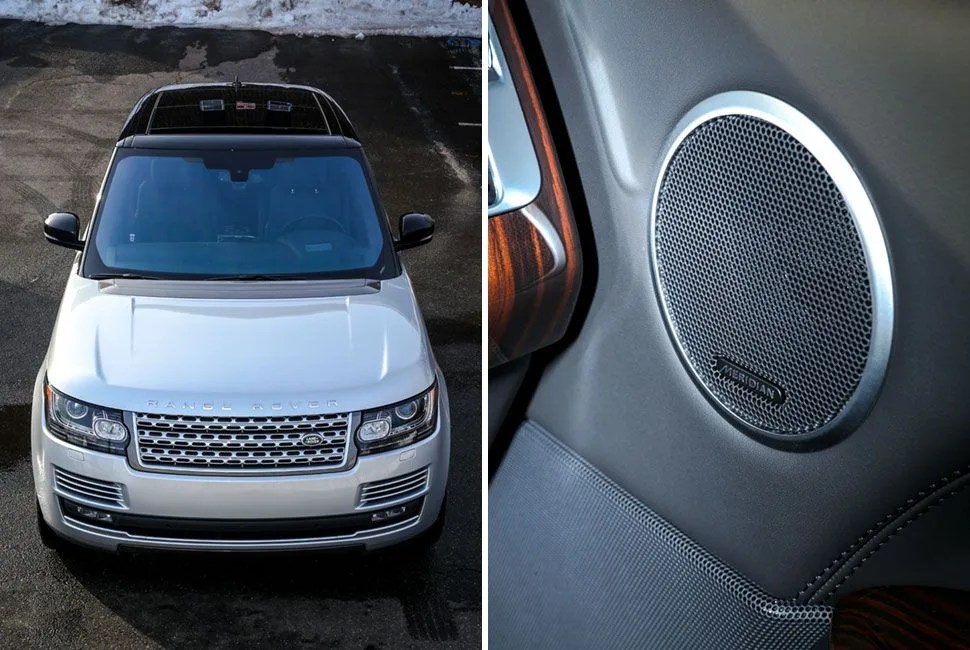When I was in high school, the cool thing to do was replace your car’s crappy speakers with a souped-up system, complete with a seizure-inducing subwoofer in the trunk. I remember driving to soccer practice in a friend’s Toyota 4Runner, the sub bumping rap so loudly that my ears bled. Or close enough. Point was, loud was proud and quality didn’t matter.
A decade on, I’ve changed, and so have car audio systems. Major car manufacturers know that most people listen to more music in their car, traveling to and from work, than they do at home. From BMW to Lincoln, Mercedes-Benz to Lexus, all manufacturers equip their vehicles — especially the luxury market offerings — with powerful audio systems. But it’s not as simple as putting more speakers, amps and subwoofers in a car; there’s a science to it.
“The car is a very complex cabin environment — it’s a much different beast than a room,” says Jonathan Pierce, senior engineer of acoustic systems at Harman International, the parent company for audio brands like AKG Acoustics, Harman/Kardon, JBL, Mark Levinson and Revel. (Harman International was also recently bought by Samsung for $8 billion.) Cars in the mid-1900s had simple speaker arrangements — sometimes just a single speaker in the dash — and as the years progressed automakers placed more and more speakers, yet none were properly tuned to the automobile’s cabinet. Cars in the Aughts, with their analog amplifiers, also lacked acoustic sophistication. “The invention of a digital amplifier changed the game,” Pierce explains. “It allowed us complete flexibility in ways that we never really imagined.”
The car is a very complex cabin environment — it’s a much different beast than a room.
Basically, when you’re listening to a properly tuned home theater system, you can sit centrally — “on-axis” — to hear the best-quality audio. The problem in cars is that there’s no “on-axis.” Every seat in the car — front, back, left, right, middle — gets a slightly different, suboptimal listening experience. For example, drivers hear sound from the left speakers before the right speakers, and so on. The digital amplifier brought surround sound to the vehicle, Pierce says, but it also delayed times and allowed for individual frequency response smoothing for all the speakers. “Now we actually have the ability to make every occupant enjoy the same kind of sound quality.”
There are other differences between a room and car that audio engineers have to veer around. A car has sound reflections, with reverberations coming off windows and seats, along with miscellaneous rattles and engine noise. Pierce said audio engineers are able to compensate these things through benchmarking — controlled studies during development of the car. (Audio engineers have the benefit of early access, sometimes years in advance, to future car models.)


